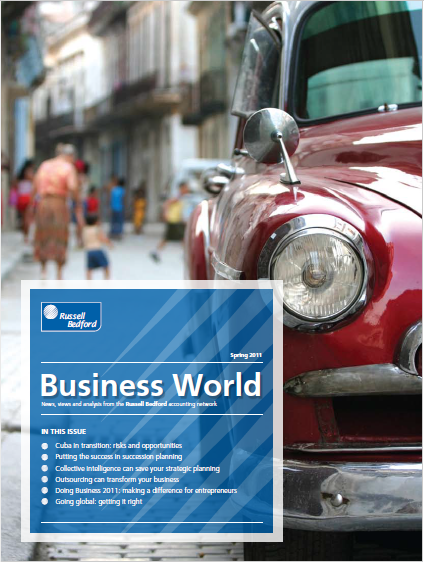“It’s worse than getting everyone on the same page. Some of my people aren’t in the same book.”
–Overheard at a club luncheon
Here is a secret: Effective leaders don’t manage people. They manage questions and let the questions manage the people. The more skilled a leader is at using questions, the more effective will be his or her leadership. This has always been the case.
What makes a really great team?
I have been part of sports teams, volunteer teams, ad hoc emergency teams, product launch teams, international event production teams, political, environmental and social action teams. To name a few.
What do all highly effective teams have in common?
I learned that esprit de corps is important. But enjoying being on the team is not sufficient for success.
-
Every individual needs to see him/herself as a key player
-
Every individual needs to own the team’s goals and to share a common picture of where they are going
-
Team members know how to think synergistically in terms of connecting of ideas, resources and people
-
They ask a lot of questions and pay attention to what others have to say because they require clarity
-
They “play off of” and inspire each other
The Question-Driven Leadership™ program includes all this and more.
We created the Question-Driven Leadership™ program (QDL) because we have seen fragmentation and distractions, indifference and outright hostility squash the efforts of a lot of businesses.
We created this program because it gives a manager or business owner access to tools for creating a more stimulating environment for meetings of every sort. And the people involved tend to welcome the addition.
The QDL program makes it easy for a team to learn the basics of why, when and how to use questions. One commonly experienced outcome is that the team sees immediate positive results. That outcome is highly motivating for a team to continue developing question driven problem solving skills.
“I have been through enough corporate training to recognize ‘frou-frou’ training models that cost a ton, load up staff with big binders that collect dust, and everyone sighs in relief when the trainer is out the door! Question-Driven Leadership™ is not one of those. We thought we were good before (and we were). Now we are even better! Robert Bystrom and Question-Driven Leadership™ specialize in individual and work group skill development that uses very practical and efficient concepts.”
Connie Shannon
Owner, Fairhaven Village Inn
Bellingham, WA
What if everyone on your staff looked forward to meetings?
Back when we were Collective Intelligence Solutions, LLC, Question-Driven Leadership™ was featured in Business World Spring 2011 as the leading voice of Collective Intelligence in action.
The editor of Russell Bedford Business World Quarterly realized that Collective Intelligence was an emerging field so he wanted to find whoever was leading the development of its principles and business applications. He found us and was relieved to find a company that not only knew what collective intelligence is, but had developed proprietary processes to achieve consistently high marks for their clients.
Today, many consulting firms use the phrase “collective intelligence” to refer to technological networking without knowing there is actually such a thing as the synergy of live humans engaging their combined mental capacities and life experience to solve problems.
All of the Question-Driven Approach™ applications and programs share the theoretical foundation of the Question-Driven Mind™. Read the descriptive article below, “The Revolutionary Theory of Question-Driven Intelligence” to understand the far-reaching implications of this work.
Contact us today to schedule a free consultation to find out how Question-Driven Leadership™ might make the elements that make up your organization operate more in concert.
(You will never brain storm again!)
What does the Question-Driven Leadership™ Program look like?
Every program is customized to fit the client so no two look exactly alike.
Since the program is about optimizing the functioning of the team on all levels and drawing on the collective mental capacity and pooled life experience of all the members, meetings will require a meta structure. A meta structure means having a way of taking advantage of what is really possible given the potential of all the mind power and life experience that is right there in the room. It means adding an element to meetings that will measurably enhance the results.
For this reason, the Foundation Course typically includes four live (in person or virtual) interactive training sessions for the entire team over a period of several months. During each session, the team will solve actual, present-time problems using the Segue Collective Intelligence Process™.
Briefly, the Segue™ is a one-team, non-competitive, interactive problem-solving, game-like activity. There are no wrong answers in a Segue™. There are no losers. Doing a Segue™ typically leaves the participants energized and feeling good about themselves with more open lines of communication.
While doing a Segue™, team members are practicing several Mindset Skills simultaneously, which is precisely why I emphasize its use for a group of any sort that is attempting to accomplish something important together. The higher the stakes, the better. I recommend using the Segue™ any time an outcome carries a significant weight.
Using the Segue Process™
-
trains people in using questions in order to create possibilities that are beyond the capacity of any one individual.
-
trains people in paying attention and listening, a highly desirable skill for any group!
-
trains people to think more clearly. Possessing this skillset is a massive side benefit, because mindset skills team members learn at work improves their ability to relate everywhere else in life.
What manager wouldn’t want more engaging, more relevant and more forward moving meetings?
What you get:
In addition to live training sessions, the group leader typically receives three months of laser coaching in order to
-
-
-
improve his or her ability to use questions and follow up questions,
-
know what questions not to ask, and
-
find what more the team could do with their newly acquired skills.
-
-

